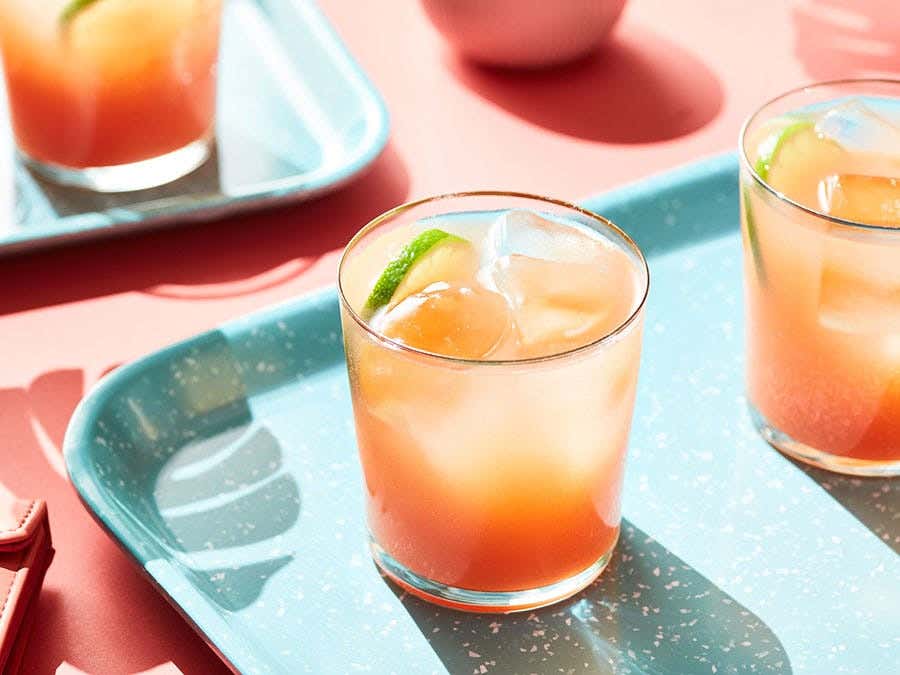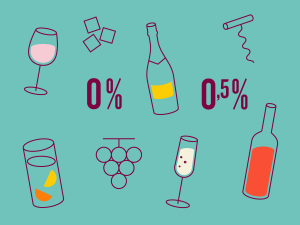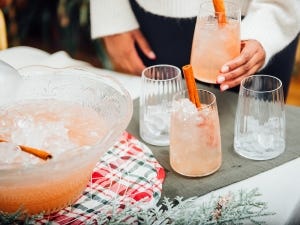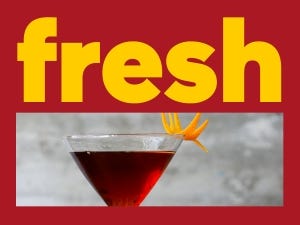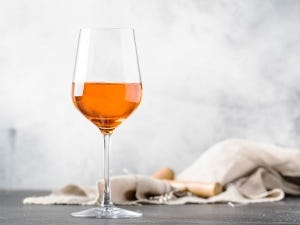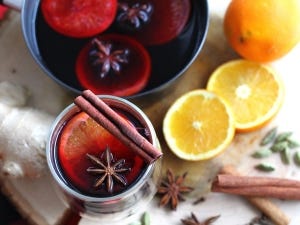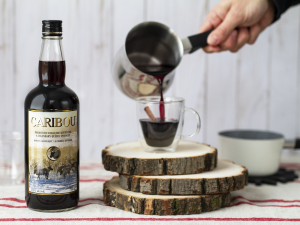Hold the alcohol, keep the flavour
Thankfully, abstinence doesn’t require sacrificing your taste for a good drink. Our palates have all evolved and become more discerning, after all. When looking for a sans substitute, we want some sort of similarity with the original product we’re initially drawn to, because taste is a big part of the appeal to beer, wine or cocktails. They ignite our taste buds and keep us guessing on specific aromas and flavours. That’s actually one of the many challenges of low-alcohol content: how do you stay true to the expected profile?
The alcohol "sensation"
Besides being responsible for the “heat” an obvious intoxicating property, alcohol also contributes to the drink texture, a certain roundness or fattiness if you will. When removed, your drink loses its texture and sometimes, its appeal. Hence the necessity to remain somewhat faithful to the nature of wine, beer and spirits by adding… sugar. Without this addition, these drinks would become too thin, bitter and rough.
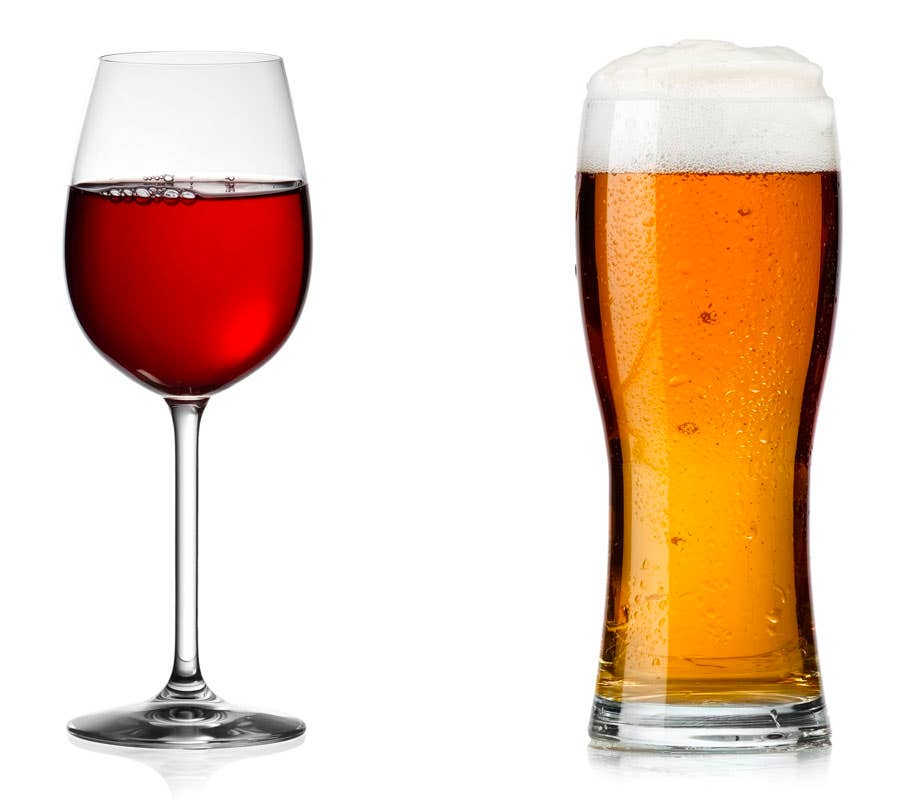

Wine, beer: how do they do it?
We get wine from grape juice fermentation. For beer, first cereals must be "malted" (through which starch is transformed into fermentable sugars) and then the same process as wine follows. In the end, yeast is responsible for alcohol and carbon dioxide, after being “digested” and transformed sugars found in these liquids. That’s also how bread rises.
So, why go through all the process only to remove the alcohol? Simply because fermentation is a chemical transformation that reveals very typical, specific flavours. After all, grape juice or "cereal juice" tastes nothing like wine or beer, right? That’s exactly why these steps must be followed.
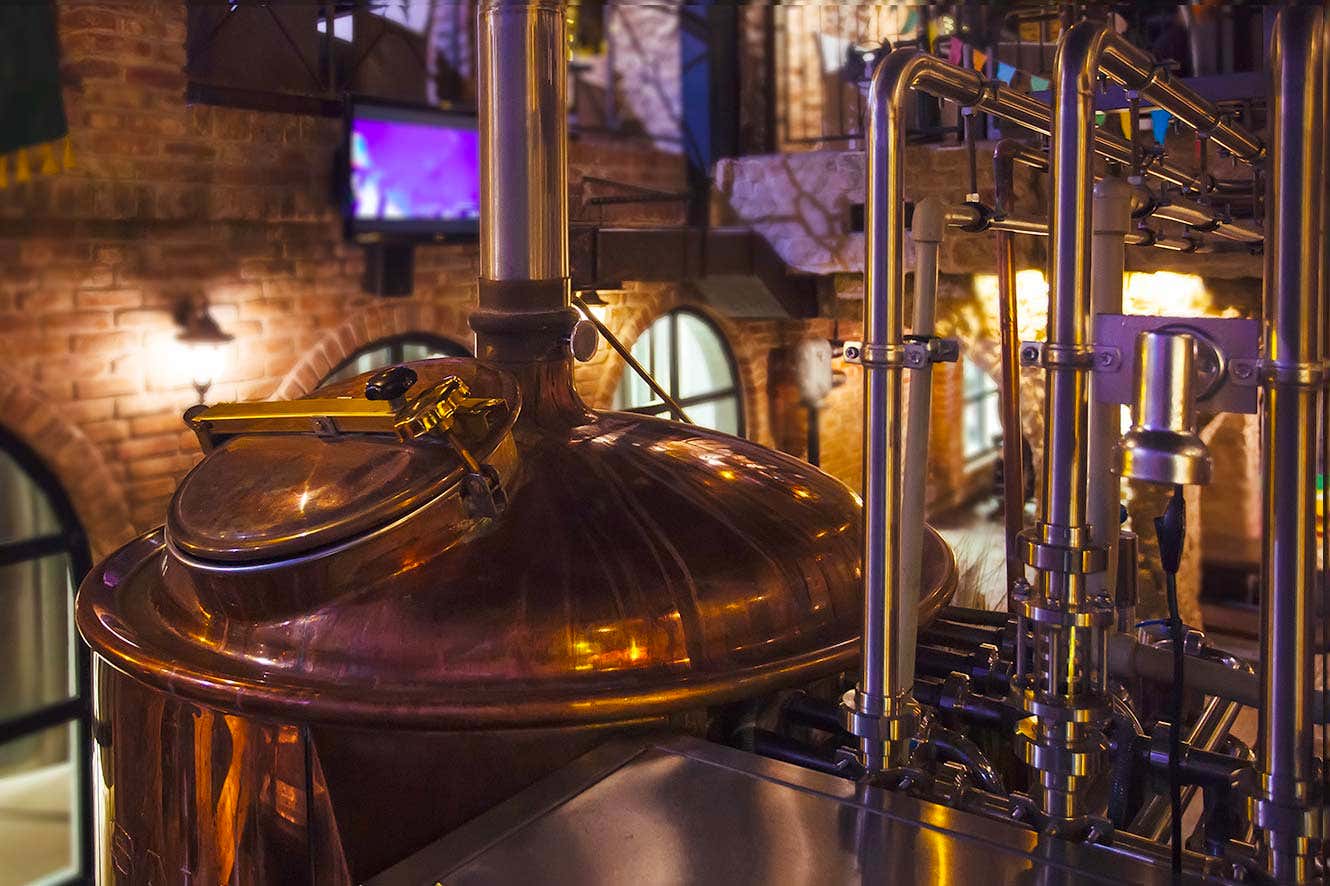

After that, several options are possible. You can "evaporate" part of the alcohol using heat (at ambient pressure, the alcohol evaporates at 78.4 C, water at 100 C), or else it can be separated by operating under extremely cold temperature. In a pressurized still, these steps can be carried out under conditions where everything will be done without having to reach such extreme temperatures which, it should be mentioned, end up altering the organoleptic of the raw materials. Finally, alcohol can also be removed by filtration and osmosis processes.
What about spirits?
Contrary to what some might say or think, no, it’s not only "flavoured water". To reach the level of complexity expected during tasting, these drinks will follow the same process as their alcoholic equivalent: distillation. Take gin for example. Instead of distilling a neutral alcohol with the aromatics responsible for its personality, the same will be done but… with a water-based liquid. Isn’t that the way fine perfumes are created?
More than a trend
Crafting low-alcohol beverages is no simple brew and requires a lot of research and energy. But the increasing product offer is also a sign of rising demand for these distinctive products. The trend might actually be more a movement, here to say. A great news for drink diversity, no matter the reason or motivation.
 Access to SAQ Inspire personalized services and store inventories are unavailable at the moment.
Access to SAQ Inspire personalized services and store inventories are unavailable at the moment. Free in-store delivery with purchases of $75+ in an estimated 3 to 5 business days.
Free in-store delivery with purchases of $75+ in an estimated 3 to 5 business days. 
